Esme’s Animals: Four Funny Animals to Start Off Your 2021 With a Laugh
As the head of the Mayfield Animal Rights Club, it is my job to raise awareness about endangered species. But as an all-around animal lover who likes to make people laugh, I believe that it is also my duty to bestow upon you some of my favorite funny looking animals. Here are five that will do the job nicely:
- Sparklemuffin
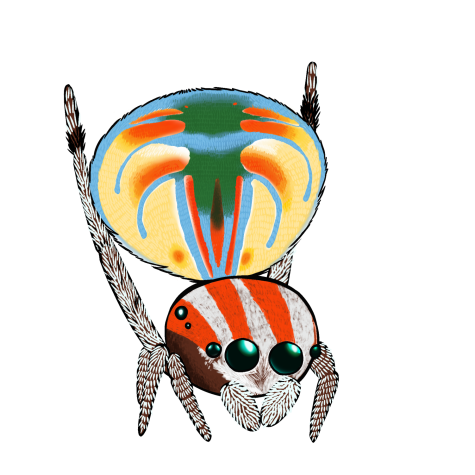
Yes, that is the real colloquial name of these colorful spiders. A member of the jumping spider family and of the peacock spider genus, they were named by a UC Berkeley grad student who discovered them in 2015. The Sparklemuffin species, along with the over 50 other named species of peacock spiders, are the size of a grain of rice and live only in Australia. They are called peacock spiders because the males in each species have their own unique and colorful patterns (Sparklemuffin is by far the funniest named one, however). The males use their bright colors, along with an elaborate mating dance (also specialized to each individual species) to attract females. A link to a video featuring three peacock spiders dancing, including Sparklemuffin, can be found here.
- Pygmy Jerboa
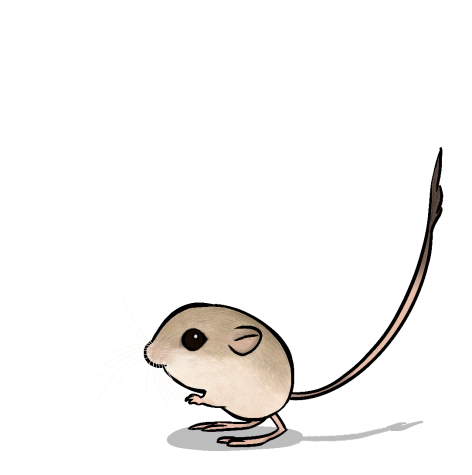
Pygmy jerboas are one of 33 species of jerboas, aka desert jumping rodents with long hind legs and tails who live in North Africa and Asia. The pygmy jerboa is specifically only found in Kazakhstan, and it stands out from other jerboas due to its small size. Their body is only about two inches long, with hind legs that are roughly half the length of their body! Pygmy jerboas (and all jerboas) also don’t drink water, instead getting all the water they need from the plants and insects they eat. But before you think about trying to adopt one, these little guys are deadly. It is illegal to own a jerboa in the US because of their history as carriers of monkeypox, a disease similar to smallpox. Besides that, jerboas often require a lot of space to move around in. Even though we sadly can’t have a pygmy jerboa, we can still enjoy them in videos like this one.
- Dumbo Octopus
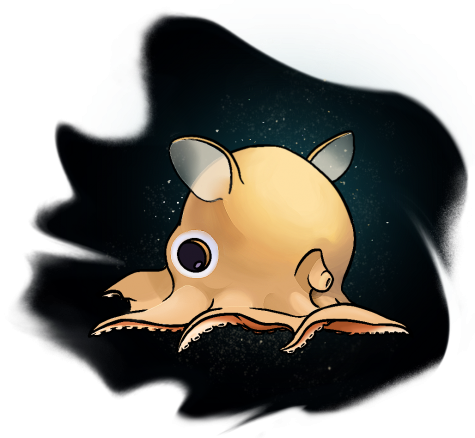
I bet it didn’t take you long to figure out why this adorable animal is nicknamed the dumbo octopus. In actuality, the name refers to 13 species of octopuses (octopi? octopeople?) that live in the “open ocean” zone of the ocean, near the seafloor (they are the deepest-living octopuses that we know of). They are also different from other octopuses in that they have no ink sac, and they have earlike appendages that they use like fins to move around with. Because they live so deep in the ocean they are hard to spot, but they have typically been found around Australia, New Zealand California, the Philippines, and New Guinea. Dumbo octopuses typically live for about 3-5 years in the wild and feed on snails, worms, and other animals that live on the ocean floor. Little is known about dumbo octopuses since they live so far down in the ocean, but you can still admire them in rare footage such as this.
- Echidna
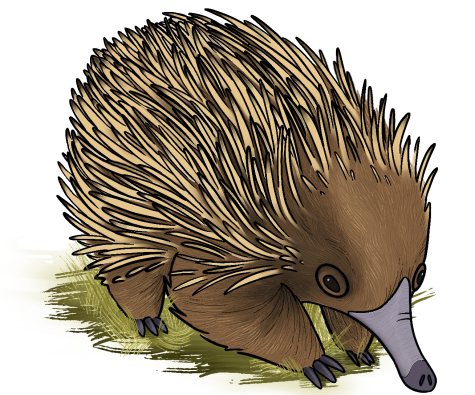
You may have thought that platypuses were the only egg-laying mammal in the world, but meet another one. Echidnas are found in Australia and New Guinea and are colloquially called “spiny anteaters” (though they are not closely related). They are also commonly thought to be one of the world’s oldest surviving mammals. There are 4 species of echidnas, 3 long-beaked ones only endemic to New Guinea (one named after Sir David Attenborough!) and one more common, short-beaked one found throughout New Guinea and Australia. Unlike their platypus relatives who are semi-aquatic, Echidnas are solely land-dwelling—they have long sticky tongues with which they use to feed on insects they find. Echidnas also have claws for digging, which they do when they find a food source or are threatened and want to burrow. They also hibernate during the fall and winter and can live for up to 50 years in captivity. Due to habitat loss and their status as a delicacy, echidna populations are threatened. Watch a video of a short-beaked one here.
Whether it’s the colorful sparklemuffin or the strange dumbo octopus, these unique animals all manage to brighten one’s day with simply their appearance. Beyond that, their special adaptations also make for great observations on the amazing properties we have found in our ever-growing animal kingdom. It’s just a good thing that they aren’t self-conscious about us laughing at them— an animal uprising is the last thing we need this year.
#esmesanimals #animals #conservation #environment #2021
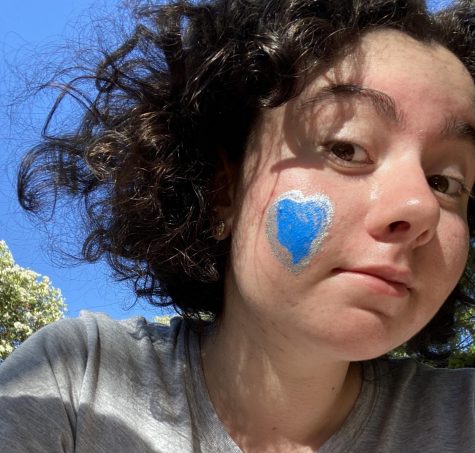
Esme Chiara is a rising senior at Mayfield Senior School and the Co-Editor-In-Chief of News and Features. A member of the Mayfield Crier since her sophomore...

